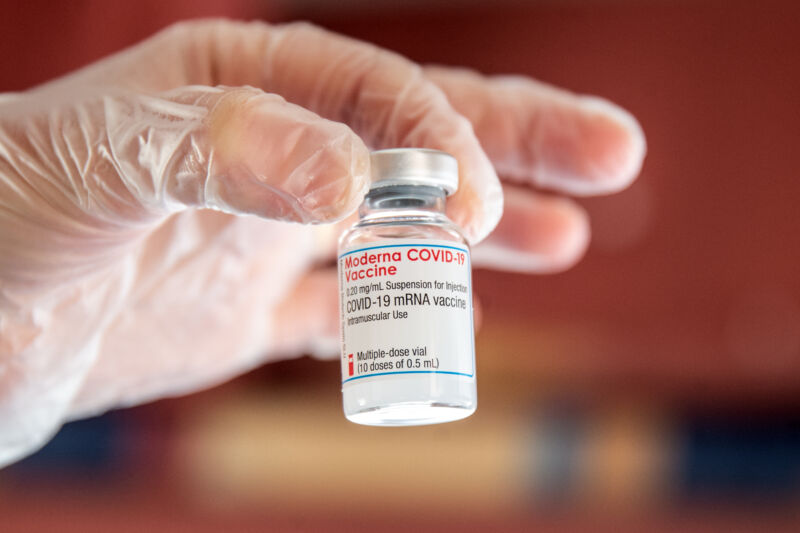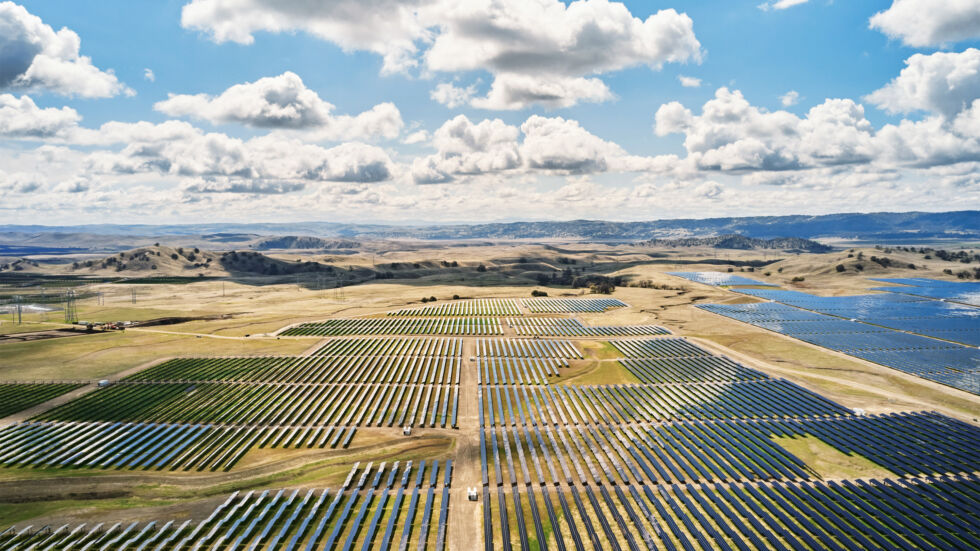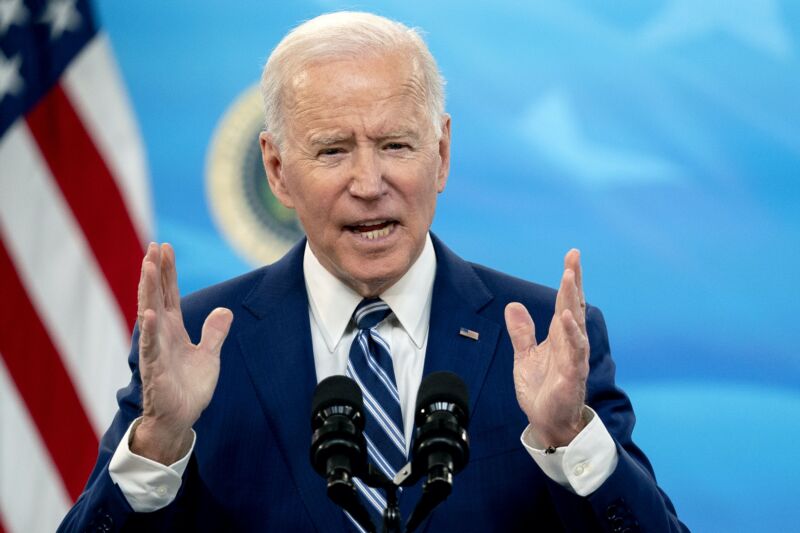
Enlarge / A vial of the current Moderna COVID-19 vaccine. (credit: Getty | Ivan Romano)
Researchers have given out the first jabs of a tweaked version of Moderna’s COVID-19 vaccine, one aimed at fighting one of the most concerning coronavirus variants—the B.1.351 variant, first identified in South Africa.
The jabs are part of an early trial of the tweaked vaccine, which is being run by the NIH’s National Institute of Allergy and Infectious Diseases (NIAID). The agency aims to enroll around 210 healthy adults in the trial by the end of April.
“The B.1.351 SARS-CoV-2 variant, first identified in the Republic of South Africa, has been detected in at least nine states in the United States,” NIAID Director Anthony Fauci said in an announcement. “Preliminary data show that the COVID-19 vaccines currently available in the United States should provide an adequate degree of protection against SARS-CoV-2 variants. However, out of an abundance of caution, NIAID has continued its partnership with Moderna to evaluate this variant vaccine candidate should there be a need for an updated vaccine.”









